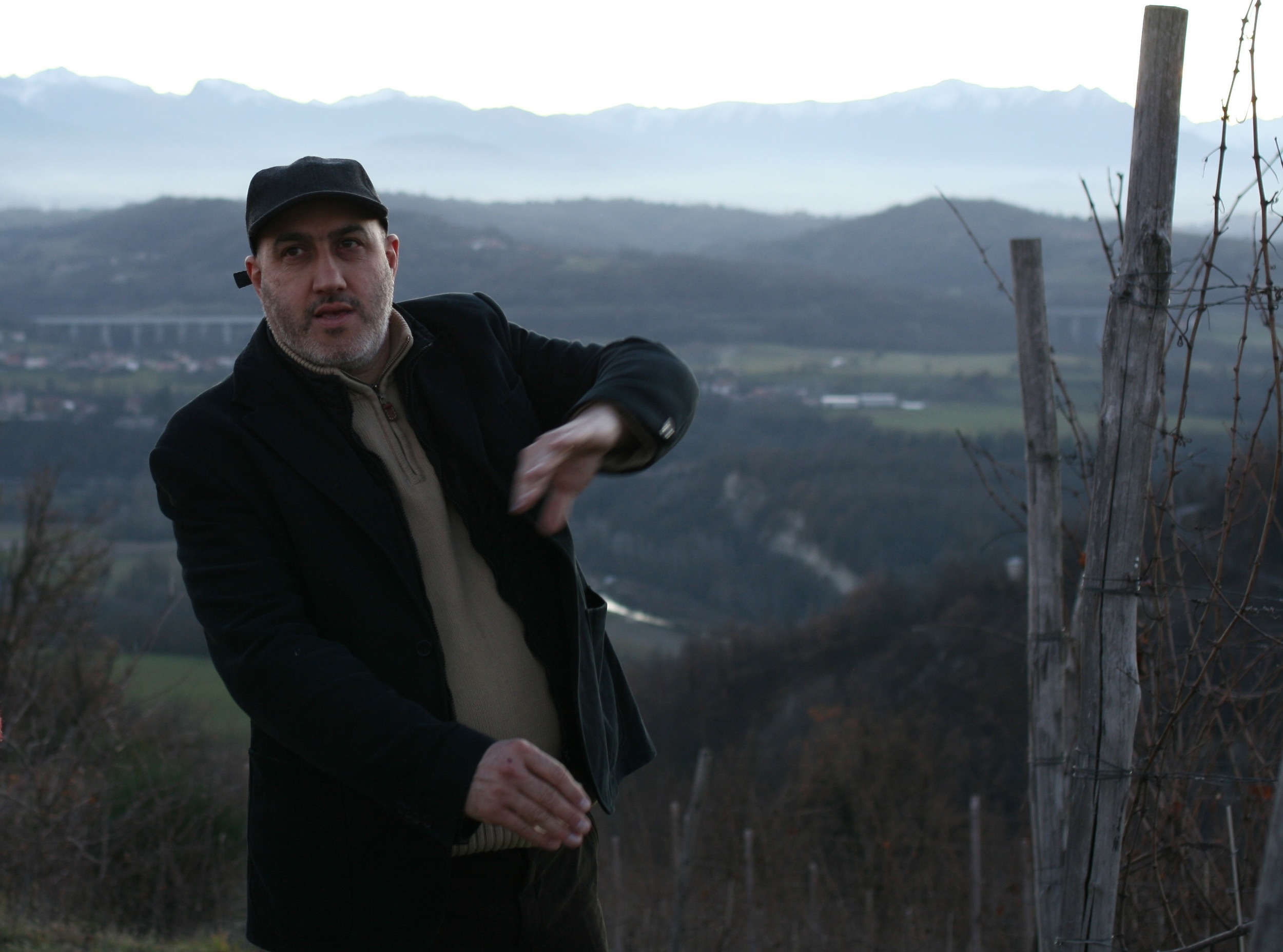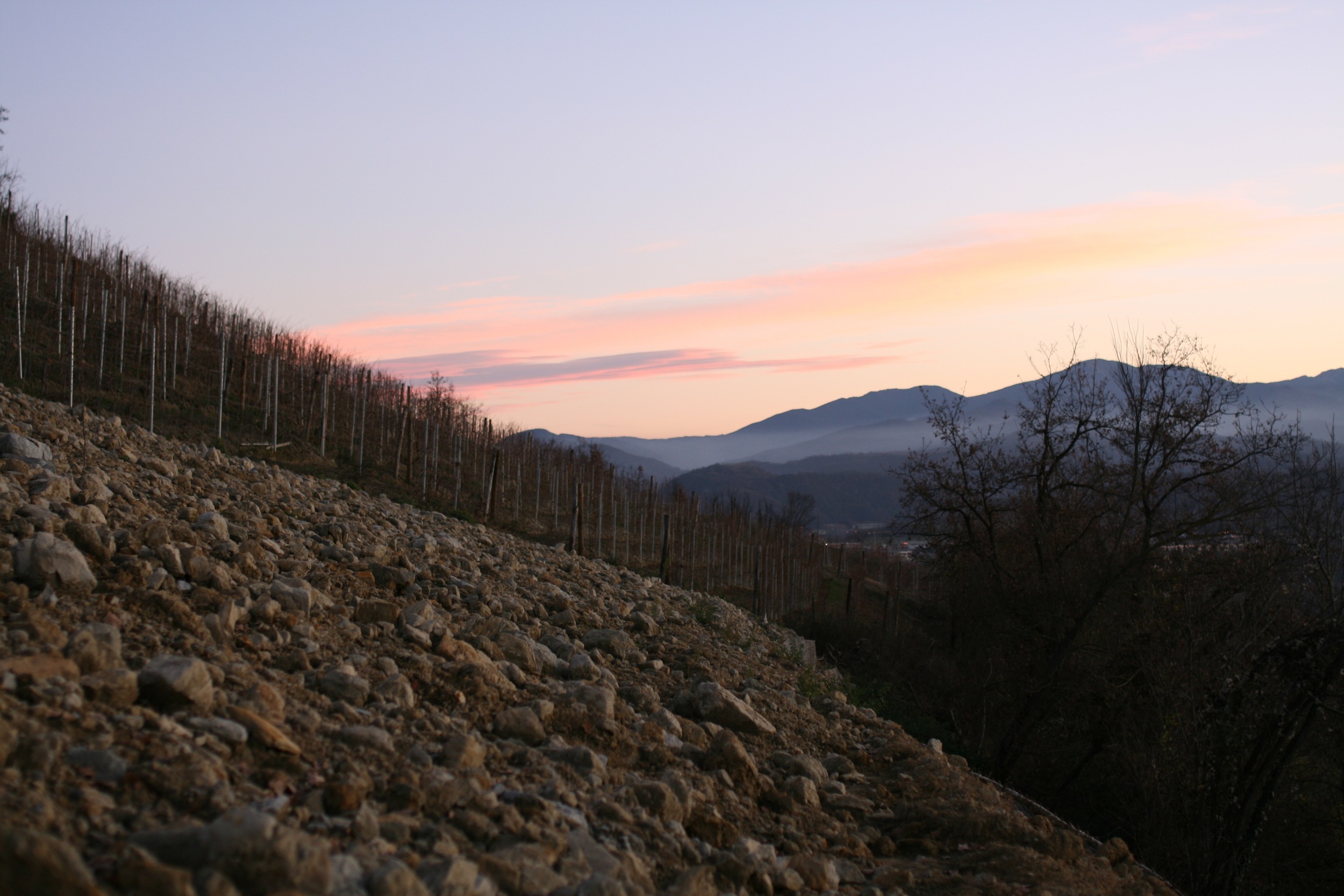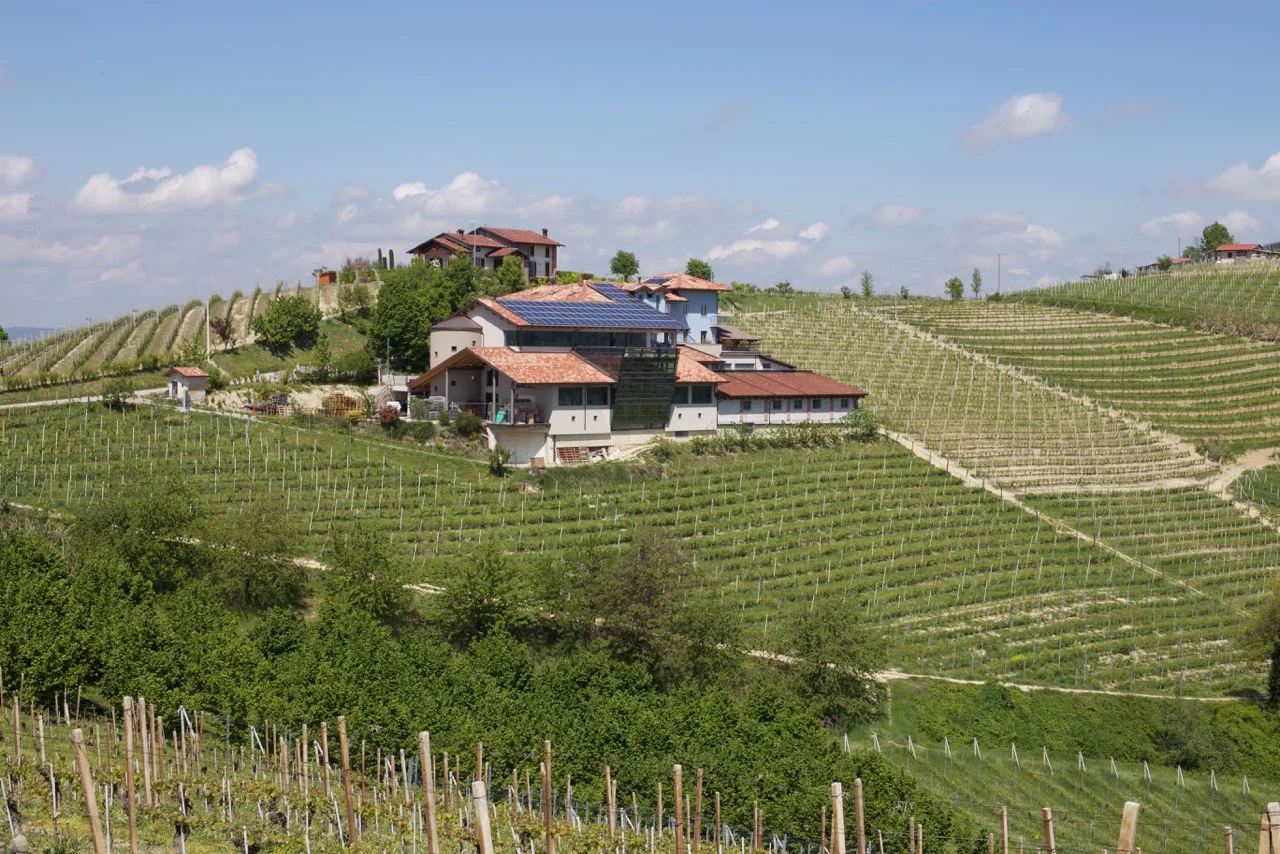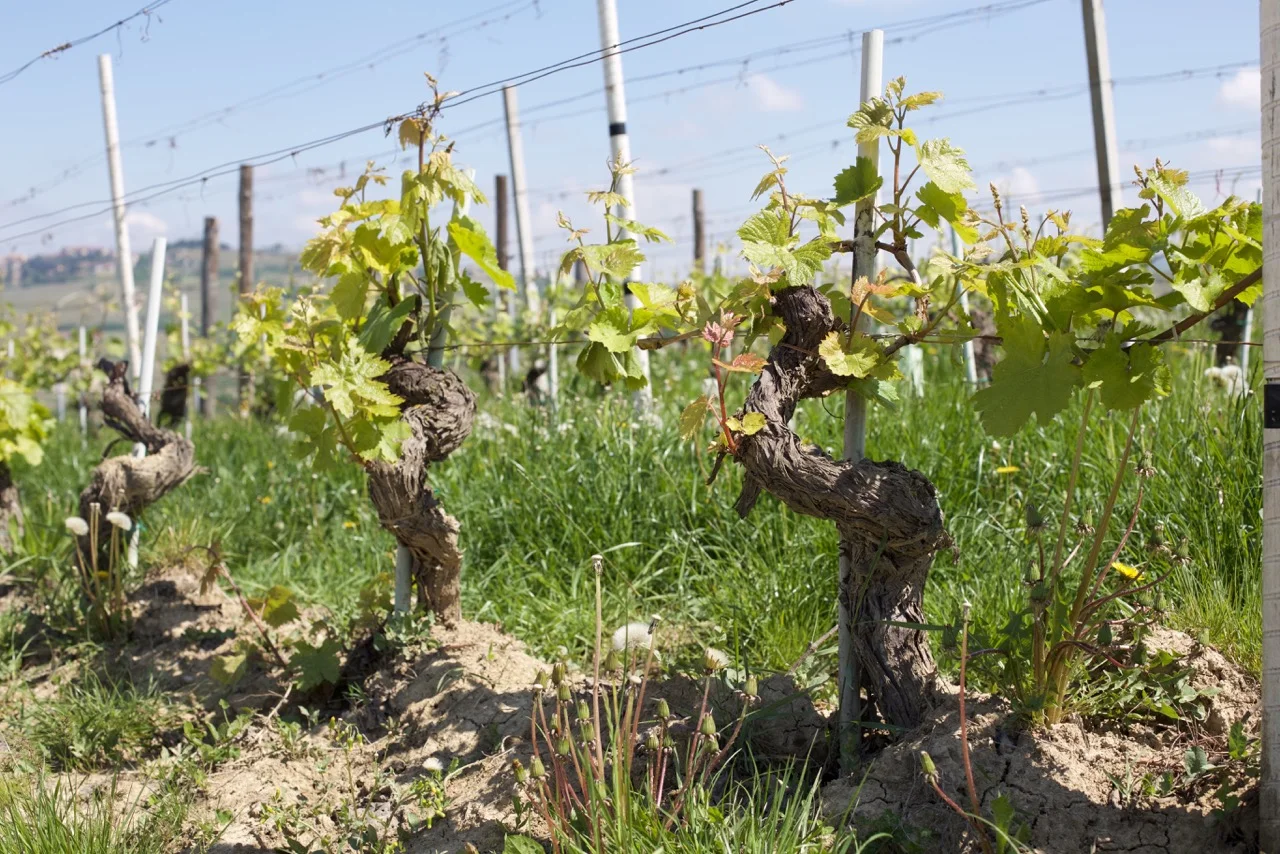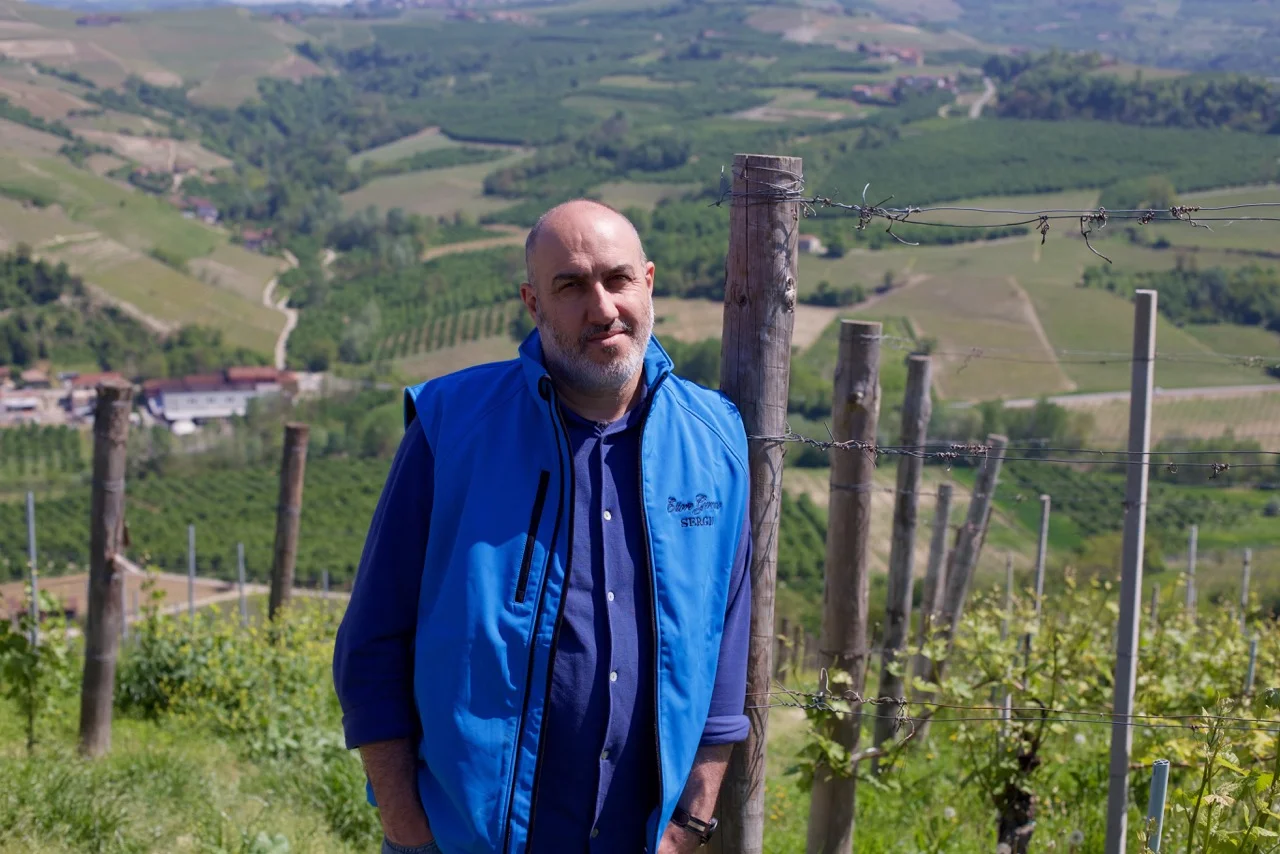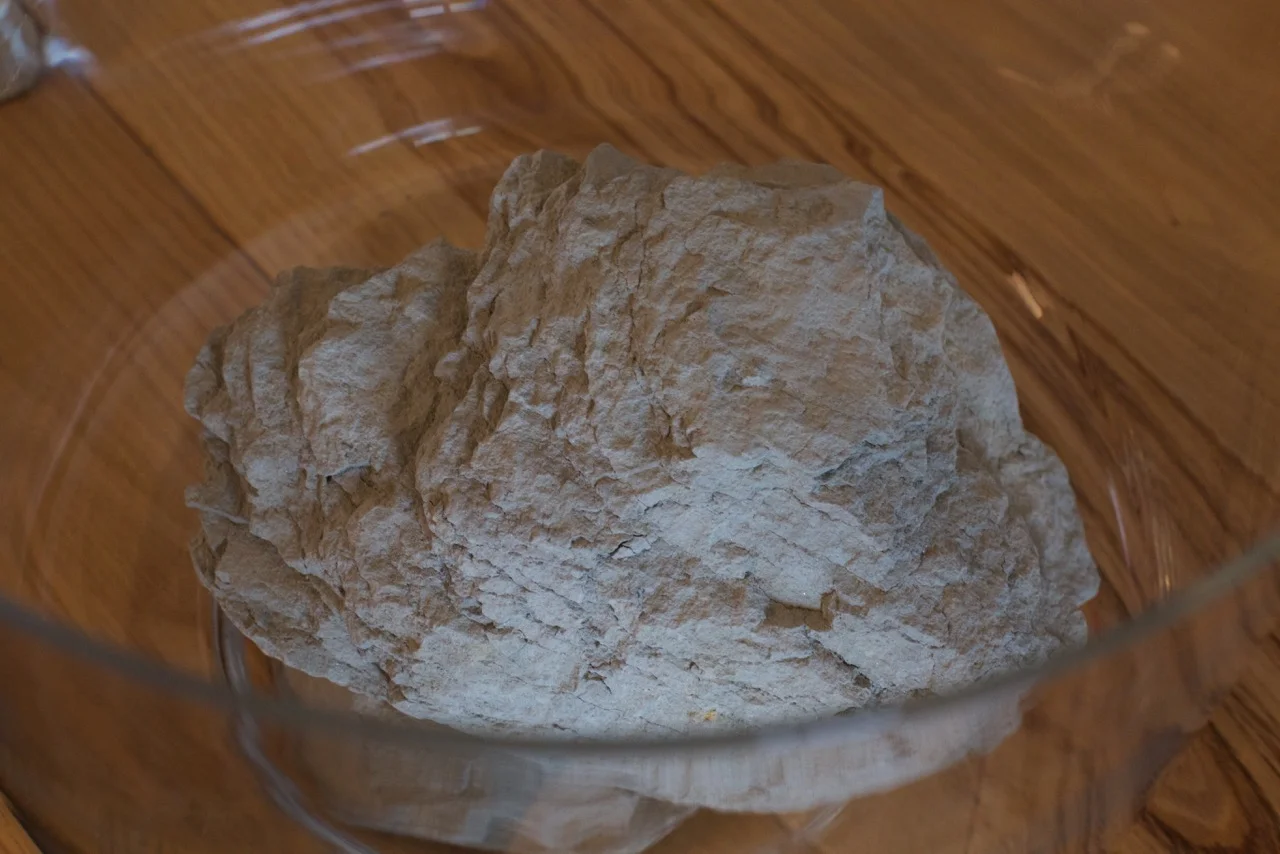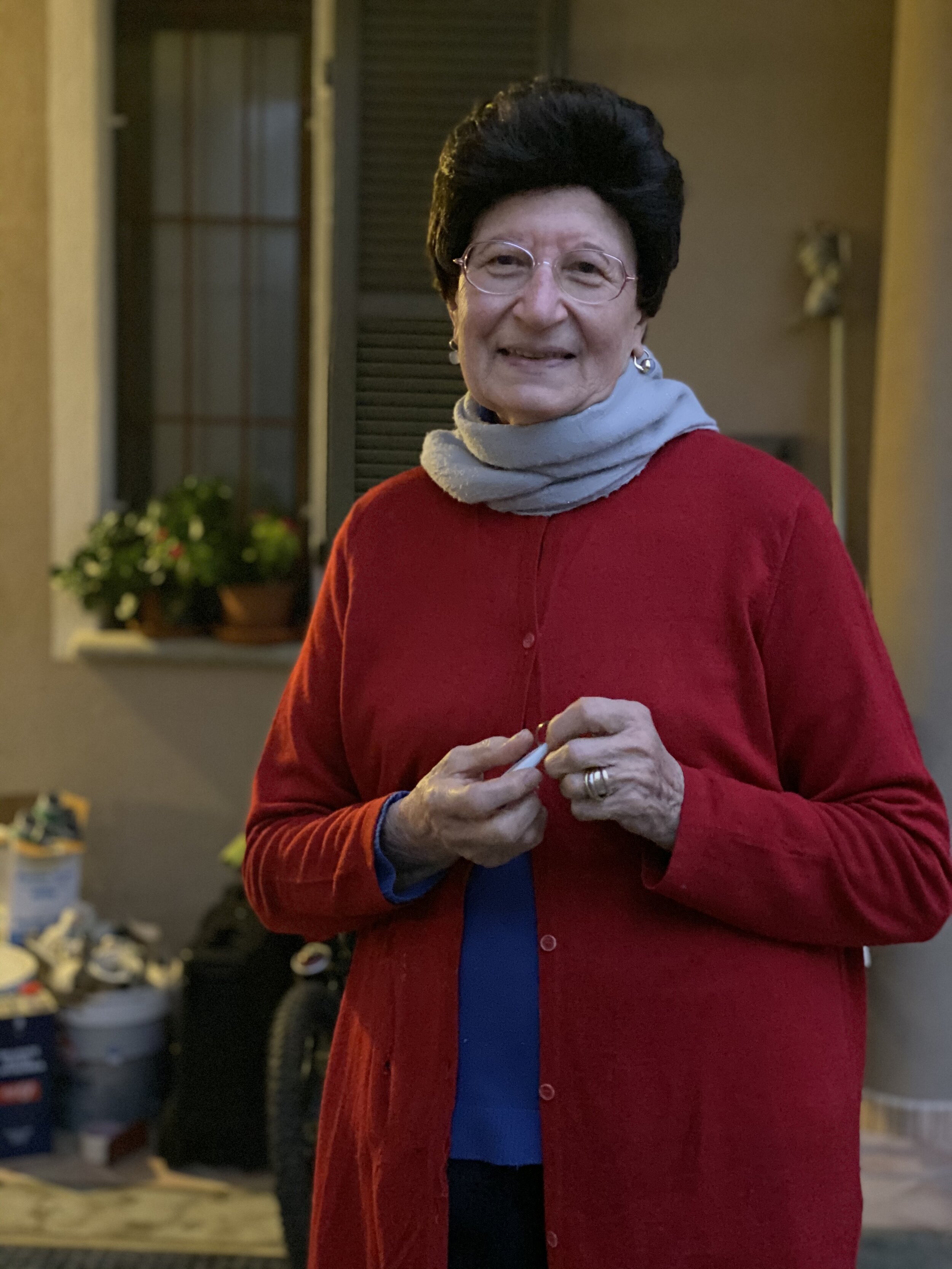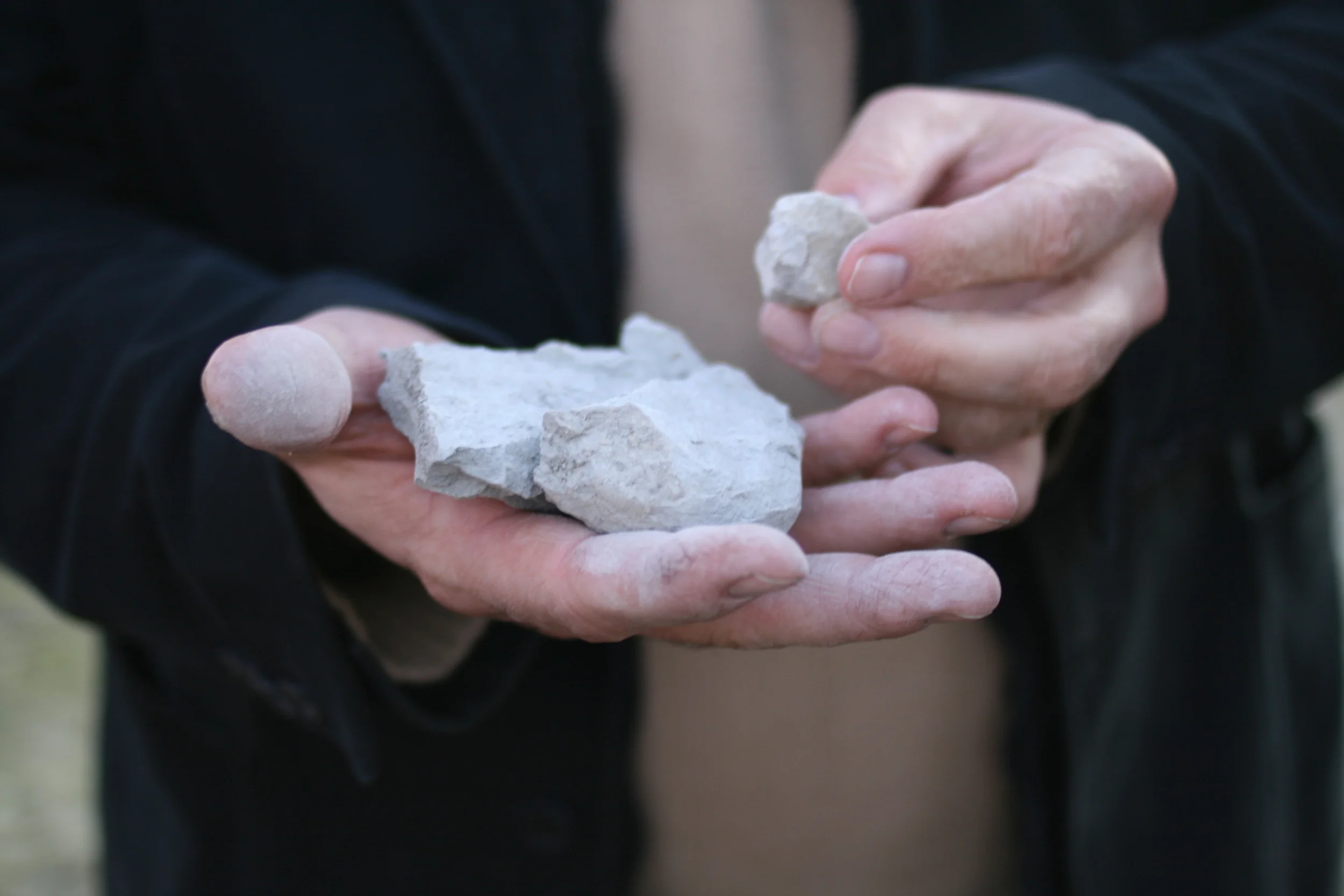Ettore Germano
_____________________________________________
Certified organic viticulture
Specialist of the Commune of Serralunga D’Alba
Impressive to both Barolo beginners and experts
_____________________________________________
About Ettore Germano:
A tall medieval tower dominates the village of Serralunga, on the south-east edge of the Barolo appellation, giving fair warning of the character of the wines grown there: structured, substantial, uncompromising. Sergio Germano, whose winery is a few minutes walk north of Serralunga, completed six years of study at the School of Enology in Alba, then made wine for a few years at Fontanafredda, one of the larger wineries in the area, before returning to the family estate in 1993. The winery is still named after Ettore, Sergio’s father, who grew grapes, made a little wine for private customers, and was known throughout the area for his skill in grafting vines.
My ideal winemaker in a traditional appellation like Barolo has the scientific understanding of winemaking that his predecessors lacked, while still respecting the traditions that they developed. Sergio Germano is just such a winemaker, and his Serralunga Barolos will never be creamy, international-style wines. Great wine is always made in the vineyard, and Sergio does much of the fieldwork himself, with the help of his wife Elena and a small crew. Some of the wines are 100% traditional, made with long macerations and big barrels, and some are made with medium-sized barrels, but they all express the best of these local grape varieties.
Sergio has vineyards in two quite different areas, which allows him to make an unusual range of wine types. Germano’s Barolo and red wine vineyards are all in the commune of Serralunga, in the south-east corner of the Barolo appellation. The soils here are rich in limestone, clay, and sand; they tend to produce wines with more structure than those of the western half of the Barolo appellation (around the villages of Barolo and La Morra). This is particularly true of Nebbiolo, but also for the other varieties, such as Dolcetto.
In addition to the classic regional wines like Barolo, Dolcetto and Barbera, Germano also makes some delicious white wines, one of Italy’s best Rieslings and an excellent sparkling wine. Some years ago, Sergio went looking for an area not too far from his vineyards in Barolo, but better suited to white and sparkling wines. He found it just outside the village of Cigliè, at the southern tip of the Dogliani appellation, 30 minutes south of his home and winery. He now has more than 10 acres of vineyards in Cigliè and is making vibrant and intriguing wines from grapes grown there. The higher altitude in Cigliè tends to bring cooler nights, which allows the fruit to retain more acidity, making it perfect for fresh whites and sparkling wines.)
_____________________________________________
The Wines:
Barolo ‘Serralunga’
Germano’s Barolo Serralunga is made from hand-picked fruit from young vines in the Prapò, Cerretta and Lazzarito vineyards. Young and powerfully composed, this Barolo shows aromas and flavors of strawberry, cherry, pomegranate, rose, violet and licorice. The wine is elegant, precise and clear in the mouth. Enjoy with roast duck and leg of lamb.
Barolo ‘Prapò’
Prapò is a small vineyard, directly below Sergio’s house and cellar. The oldest vines in Prapò were planted in 1967 by Sergio’s father, with some sections replanted more recently. The Barolo from this vineyard is one of my favorites in the whole appellation. (Ian d’Agata says ‘Prapò is the cru on the eastern flank of Serralunga that I believe to be a grand cru for Nebbiolo.’) It shows aromas and flavors of red-currants, dark chocolate (this is not related to oak, and is a typical Serralunga note, Sergio tells me), sandalwood, true cinnamon, licorice and tar; in structure it is chewy yet still elegant, and it ages incomparably.
Barolo ‘Cerretta’
The Prapò and Cerretta vineyards are right next to each other, but the difference between the two wines is striking. Cerretta is more structured, shows the Serralunga dark chocolate character even more strongly, with a strong sandalwood/tobacco note. Ages superbly.
BArolo Riserva ‘Lazzarito’
Although the Barolo region has a very well-defined geography of the best vineyards in the Burgundian model*, there is no Piedmontese classification of Premier Cru and Grand Cru the way there is in Burgundy. If there were, I think it's safe to say that both Cerretta and Prapò (the vineyards around Sergio Germano's house) would be Premier Cru, and Lazzarito, which he added in the early 2000s, would be a Grand Cru. I am happier every year with the wines Sergio makes from Cerretta and Prapò, and happier still when I drink them after ten or more years in the cellar, but Lazzarito has a combination of power, complexity and freshness that makes me weak at the knees.
In Sergio's words: 'The grapes are harvested into small boxes when fully ripe, but not over-ripe… The vineyard is very old (planted in 1931) but still vigorous and in very good health, and it gives a very elegant wine of great power, combining the structure of an outstanding site with the extreme finesse of the Nebbiolo grape. The perfumes of small red fruit combine with the aromas of brown spices and licorice. In the mouth, the entry is fine and elegant, and the wine finishes with sweet tannins, which suggests that it would go well with various red meats or cheese, as well as being a fine accompaniment to the conversation after dinner.'
Barolo ‘VignaRionda’
There is no classification of vineyards in Barolo, the way there is in Burgundy, but if there were, Vigna Rionda would be up there at the top of it, a Grand Cru, a Boss Vineyard, clear proof of the existence of a divine being. (Ian d’Agata writes ‘The most famous cru of all Serralunga is the Vigna Rionda…Is Vigna Rionda the best Barolo cru of all? For many Barolo lovers such as myself there is no doubt that this cru stands out, much as Romanée-Conti does in Burgundy.’)Those wine drinkers who have been following Sergio Germano’s winemaking for the last couple of decades know what magic he has worked with less prestigious sites in his village of Serralunga, such as the Prapò vineyard, and might wonder what he can do with a parcel of Vigna Rionda. Well, Sergio’s Vigna Rionda is as good as you might expect.
The aroma and flavor of this beautiful wine show the unparalleled complexity that is the hallmark of great Nebbiolo, with notes of red currant, wild strawberry, tealeaves, sandalwood, cedar, and tobacco-leaf (amongst others), and massive weight in the mouth without being bitter or coarse, and endless length. This is simply amazing wine, drinkable young if you really can’t wait, but better with at least 10 years in the cellar.
MORE RED WINES:
Langhe Nebbiolo
Germano’s Langhe Nebbiolo is made from the youngest vines in their Barolo vineyards. This exalts the fresh, floral side of the Nebbiolo grape. Perfumed (violet, tobacco-leaf, cinnamon), medium-weight in the mouth, and very drinkable. Not all Langhe Nebbiolo is declassified Barolo, but this one is. Bottled with a screwcap for freshness.
WHITE AND SPARKLING WINES:
Langhe Chardonnay
Sergio's Chardonnay is grown in Cigliè. Roughly half of the wine is put through ML to round out the acidity somewhat (the rest of this is used as base wine for Sergio's Alta Langa sparkling wine). A fresh, appley, bright Chardonnay, very useful with food, and reminds me of some of the best wines from the Maconnais. Bottled with a screwcap for freshness.
Langhe Riesling ‘herzu’
Sergio caught the Riesling bug during work trips to Germany. Serious Riesling is a fairly new thing in Italy, and when Germano planted the grape in Cigliè he had no idea how well it would do. He just knew he loved the variety and wanted to see how it would come out. The experiment worked: the soils are limestone-rich, the altitude provides excellent fresh acidity, and year by year the 'Herzù' ('steep' in the dialect of the village where it's grown) shows more and more clear Riesling character. John Winthrop Haeger, in his excellent book about dry Riesling called ‘Riesling Rediscovered’, described the Herzù as ‘a classy wine with strong flavors and bright acidity.’
The wine shows hints of lime-peel, wet stones, and flowers, with a faint hint of the gasoline aroma that is so varietally typical. It drinks well young, but I will certainly be cellaring this for a few years. Bottled with a screwcap for freshness.
Alta Langa Spumante
The sparkling wine appellation 'Alta Langa' is very recent, established only in 2002. It’s immediately south of the Langhe, where Barolo and Barbaresco are grown, but at higher elevation, hence 'Alta' (high). Germano’s vineyards Cigliè vineyards fall within the appellation and he makes an Alta Langa Spumante from Pinot Noir and Chardonnay.
The most famous 'classic' (ie Champagne method, Champagne varieties) sparkling wines made in Italy are from Franciacorta, in Lombardy, but I prefer the best examples from the Alta Langa, and a bottle of this will show you why. The character of the terroir (high altitude and limestone rich soil) is clearly present, along with the flavors that come from the winemaking.
Methodo Classico Nebbiolo Rosato ‘Rosanna’
Several years ago, Sergio Germano made an experimental batch of 'classic method' sparkling wine from early harvested Nebbiolo, and it was delicious. Red berries, bright acidity, beautiful pink color, I was smitten. Now we have enough to actually sell the wine (once my crew has had a crack at it), and we are very happy. The 'Rosanna' is named after Sergio's mother; it's made of green-harvested Nebbiolo from around his winery, all Barolo vineyards. It’s dry, delicious and complex, perfect as an aperitif but I think it would be great with salmon, too.
* Alessandro Masnaghetti has compiled remarkable detailed maps of the major Barolo villages, with each holding shown; I recommend them highly for Barolo geek - available as an iOS app
_____________________________________________
more information:
Visit Ettore Germano website
More about Piemonte
Click play to view video








